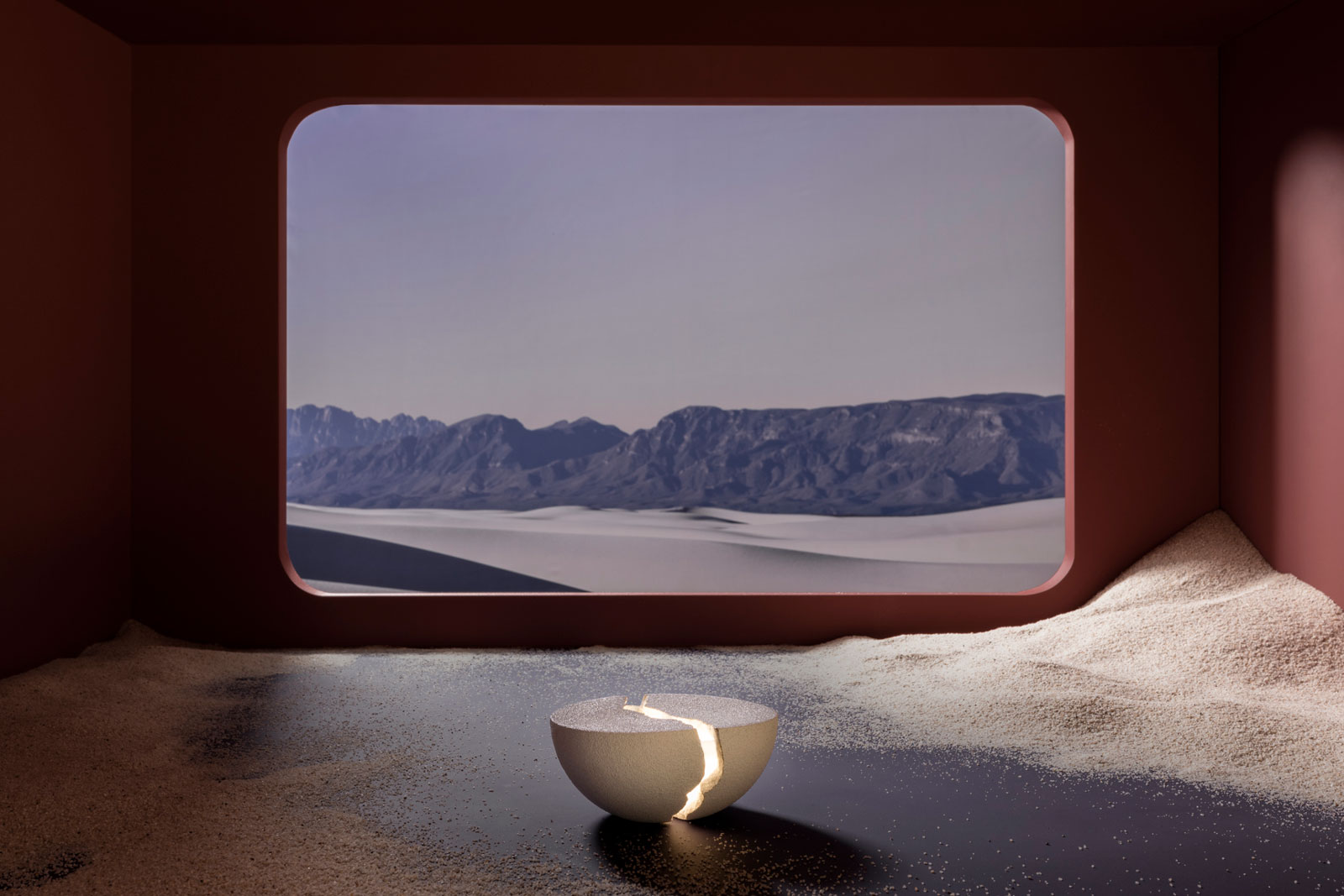Story at a glance:
- Designer Max Gunawan created the Teno speaker and light.
- Teno is a wireless speaker lamp that looks good in any setting.
- Gunawan has designed Teno to last and to change the way people consume electronics.
Imagine you have cultivated the living room interior of your dreams. Modern, sleek, no excess, or maybe it’s colorful, eclectic, surrounded by plants and books. In either case, the presence of bulky technology can sometimes hinder that beauty. Not only does Teno, designed by Max Gunawan, solve the issue of unattractive technology, it also serves as a sustainable option for any consumer in the market.
Attractive and durable without being distracting, Teno is a wireless speaker and lamp that could sit in the palm of your hands. The objective of Teno was not only to make something materially durable but simple enough to adapt to evolving trends.

Photo courtesy of Lumio
“I created Teno because I’m tired of technology that keeps on getting obsolete faster and faster,” says Gunawan. “I want to break the cycle of yearly upgrades and obsolescence. I want to change the way people consume electronic consumer goods.”
The Lumio designer says he created Teno to challenge the narrative of technological obsolescence as well as to encourage a more harmonious relationship between people and technology.
“Teno is designed for connecting with yourself and with your environment. When you hold it in your hands its vibrations impart a meditative feel,” he says. “I like to think of it as a modern interpretation of a sound bowl. Its radiant light creates the kind of calming atmosphere we could all use a little more of.”
Design Details
1. Color

Photo courtesy of Lumio
The Teno is a rounded bowl-like object that gets more beautiful over time. Human imprints on the natural sandy exterior create small patinas so each object is different and unique to your touch.
“The more I work with technology the more I’m fascinated in bringing materials that will patina with time. We are so used to industrial materials like plastic, glass, and shiny metal that looks perfect when it’s new but degrades with time. I thought, ‘What if I reverse my approach and bring a new sensibility to tech products by using a material that will develop more character the more we use it?’” Gunawan says.
The Teno comes in white or black.
2. Touch

Photo courtesy of Lumio
The Teno needs to be “broken” in order to operate. “It comes alive through touch when you break the object and transforms back into a piece of beautiful sculpture when you piece it back together,” Gunawan says. “It highlights this quiet beauty of a handmade artifact that celebrates the perfection in the imperfect.”
3. The Complete Package

Photo courtesy of Lumio
Beyond curbing obsolescence in their products, Lumio has pushed back against plastic and styrofoam shipping waste. All materials used by Lumio are recyclable. In addition, Lumio has set up shipping stations to reach international orders, which limit carbon emissions caused by transportation.
And the product itself is designed to last. “I want something long-lasting that perhaps will look nicer over time—a piece of technology that you want to display at home because it’s unique, personal, and has a handcrafted quality to it rather than a typical industrial looking product you see everywhere.”

